Bielefelder Chicken Breed Standard Appearance
These gorgeous chickens have single red combs, earlobes, and wattles.
They have clean yellow legs, yellow skin, and several colors across their bodies’ plumage.
Feathers are orange, black, tan, white, grey, black, white, brown, and yellow, with pink tinges and iridescent green and blue shimmers.
These patterns and patches slowly appear as the chickens mature.
This complex pattern that Bielefelders develop is best described as Cuckoo Red Partridge, or “Kennfarbig” in German.
The breed’s head is proportionate to its body and is crowned with a single comb, never a rose or pea comb.
The comb, wattles, and earlobes are a vibrant red hue, creating a vivid contrast against the dark and golden feathers.
Bielefelder Chicks
Bielefelder chicks are autosexing.
It’s easy to tell the males and females apart because the males have a white dot on the top center of their heads; females have brown stripes instead.
Bielefelder Chicken Size and Weight
The Bielefelder is a “jumbo” breed size, boasting a plump and well-rounded body.
Hens exhibit a medium-heavy build, while roosters, in comparison, display a more prominent and statuesque presence.
The breed’s ample size contributes to its ability to serve as a dual-purpose bird, excelling in meat and egg production.
Roosters are about 12 pounds at full maturity; hens are closer to 9 and a half pounds.
Bielefelder Chicken Personality and Temperament
The Bielefelder’s temperament is an essential aspect of its overall appeal.
Known for their docility and calm nature, Bielefelders make excellent choices for both beginners and experienced poultry keepers alike.
People with small children really appreciate their kindness, especially when it comes to the roosters.
Roosters keep a watchful eye on their hens and are quick to run to the rescue if a predator approaches.
They are brave and have been known to “sacrifice” themselves while fighting to save one of their hens.
Thankfully, the roosters know how to differentiate between true threats and new visitors, meaning that your friends and family can walk into your backyard without any issues.
Hens may or may not go broody but are generally accepting of new flockmates, and most new chicks are added to their coops.
Of course, you should always be cautious and pay close attention when adding new members to your flock, no matter how kind your birds seem to be.
Their friendly disposition makes them easy to handle and interact with, adding charm to their persona.
Don’t mistake their sweetness for naivety, though; these birds are predator-wise and self-sufficient.
They love to forage for food and do well free-ranging or in pasture-raised settings.
Bielefelder Chicken Egg Production
Most Bielefelder hens will lay about 220 to 280 (or more) eggs per year.
These eggs are large and have a rich brown to chocolate shade.
Most hens start laying eggs around six months old.
You may find a few “pink” or “purple” eggs too.
Bielefelders are known to have fun bloom colors. This pink or purple shade will wipe away if you wet the egg.
Bielefelder Chicken Meat Production
Bielefelders reach full maturity at 22 weeks old, but can be butchered as early as 14 weeks old if raised as a fryer.
These chickens will be smaller but with the benefit of being more cost-effective and tender.
At 22 weeks old, they are fully mature; the roosters weigh about 12 pounds, and the hens are almost 10 pounds.
Bone and cartilage make up around ⅓ of the live weight of a bird, so it’s safe to assume that you’ll get about 6.3 to 8 pounds of meat per Bielefelder.
Bielefelder Chicken Common Health Problems
Bielefelders aren’t prone to many common health issues.
They are a relatively stable heritage breed that can handle quite a bit of adversity.
Still, there are a few afflictions to watch out for, which I’ll cover next.
Overheating
These birds are remarkably well-equipped to deal with cold temperatures, but excess heat may be deadly.
Know the signs of heat stroke in chickens, and do your best to prepare your coop and run for those hot summer months.
Parasites
No chicken is immune to an overload of parasites, especially if they are confined to small spaces, excessively dirty coops, or not rotationally grazed daily.
To be clear, chickens do not have to be rotated from one enclosure to another to be healthy, but it does reduce worm load.
Regardless, they should always have a clean coop with clean feeders and a constant fresh water supply.
How to Keep Bielefelder Chickens Healthy
Bielefelders are remarkably self-sufficient and very forgiving of the first-time mistakes we all make when starting with chickens.
They are excellent for beginners and loved by expert keepers, too, and part of this is how easy they are to keep.
Maintain a Clean Coop and Run
Keeping a clean coop and run is one of the most impactful things you can do for your chickens, and it doesn’t take much effort and is incredibly affordable.
Collect eggs daily (or more often in extreme heat or cold), and clean egg boxes weekly. Replacing all the bedding is usually sufficient, but you may want to wipe or spray down the boxes every few months.
Remove soiled bedding and droppings every week. These can be composted to use in your garden or a lucky friend’s.
Replace and maintain a healthy layer of bedding at least once a month, or sweep bare (no bedding) floors every few days. You may want to place containers with bedding in them beneath your roosts, since that is where most of the droppings will fall.
Scrub waterers and feeders with warm water and mild soap as needed. For some coops, this will be a daily occurrence, especially if you have open bowls. For others with larger, “enclosed” feeders, this may only be needed a few times a year. Automatic chicken feeders have several benefits, so consider adding one or two to your coop. And if you live in a colder climate, look into these heated chicken waterers.
Keep an eye out for pests, and remove them as quickly as possible. Rats, mice, and other mammals can directly injure your chickens. Lice, parasites, and several types of rodents can indirectly harm your chickens through disease and contaminated feed. Act accordingly, but use measures that won’t injure or sicken your chickens (snap traps, poison, etc).
Clean walls and floors at least annually. You can power wash this, or use good old-fashioned elbow grease.
Check the ventilation of the coop. All coops, even in extremely cold temperatures, need some degree of ventilation near the coop’s roof. This lets dangerous gases escape so the coop doesn’t become toxic. It’s best if this ventilation is above your roosting bars. You don’t want a stream of cold air directly on your sleeping feathered friends, especially in the winter.
Keep a dust bath area in the coop or run. This lets your chickens clean themselves, and it’s an enriching activity to keep them happy.
Check for holes in the coop and run. This keeps predators out and chickens in. Continuous safety is great for your chickens’ well being and overall cortisol levels.
Practice biosecurity. New birds, and birds who left your farm for any duration of time should be quarantined. You, your family, and visitors should sanitize or change footwear when entering the coop and run. You should also wash your hands before and after handling chickens and all chicken-related equipment.
Anticipate Weather Changes and Prepare
Bielefelders tolerate cold weather better than hot weather, but that doesn’t mean that rapid weather changes or extreme cold won’t hurt them.
They still rely on you to prepare them and their coops for adverse weather.
How to take care of Bielefelder chickens in extremely cold weather
Make sure your chicken coop is well-insulated, free from drafts, and weatherproof. Adequate ventilation is important to prevent moisture buildup and ammonia odors, but it shouldn’t create drafts directly on the chickens.
Provide plenty of clean and dry bedding in the coop. This helps insulate the floor and provides a barrier between the chickens and the cold ground. Deep litter may be a helpful method.
Ensure chickens have access to fresh, unfrozen water at all times. You can use heated waterers to prevent freezing. Check water sources frequently throughout the day.
Increase their caloric intake by offering higher-fat feeds, such as cracked corn, during cold weather. This helps chickens generate more body heat. Be sure you don’t abruptly change their diet, instead, ease into the change as gradually as possible.
Check chickens’ combs, wattles, and feet for signs of frostbite. Apply petroleum jelly or a protective balm to exposed areas to prevent frostbite. Roosts should be wide enough for chickens to cover their feet with their bodies.
You can use safe heat sources, like heat lamps or ceramic heaters, to provide additional warmth in the coop. I know this is a controversial topic, but most people who strongly oppose heat lamps live in the Midwest or southern regions of the US. When temperatures reach -40 or lower, it’s difficult to keep your chickens warm enough. However, exercise extreme caution to prevent fire hazards and ensure the chickens can move away from the heat lamp if needed.
Cold weather can be stressful for chickens, making them more susceptible to illnesses. Regularly check their overall health and behavior. If you notice any signs of illness, isolate the affected chicken and seek veterinary advice.
As daylight hours decrease, consider using artificial lighting in the coop to maintain a consistent egg-laying cycle. Providing 14-16 hours of light helps stimulate egg production.
Overcrowding can lead to stress and increased humidity in the coop. I know it’s tempting to get your chickens to huddle up for warmth, but it’s not a good solution that will work for long. After a while, your chickens will begin to fight, and the coop will get dirty. Make sure your coop has enough space for your flock to move around comfortably.
How to take care of Bielefelder chickens in extremely hot weather
Ensure your chicken coop and run have shaded areas where your chickens can seek relief from direct sunlight. You can use shade cloth (never tarps), natural vegetation (trees, shrubs, sunflowers, vines, etc), or built structures for shade.
Provide cool, clean, and fresh water at all times. Check water sources multiple times a day to ensure they are full and not too warm. Consider using larger water containers to minimize rapid evaporation and heating.
Good airflow is crucial to prevent heat buildup. Ensure proper ventilation in the coop by opening windows, vents, and doors to allow hot air to escape. Consider using fans to promote air circulation.
Overcrowded coops can lead to increased heat stress. Make sure your chickens have enough space to move around comfortably. I like to let my chickens have the option of hiding in the coop or free-ranging. They are good at finding the best possible place to cool off.
Provide misters or shallow water trays for chickens to walk through and cool off. A shallow pool of water can help them stay hydrated and regulate their body temperature.
Provide water-rich treats like watermelon, cucumber, and lettuce. These treats can help keep your chickens hydrated.
Continue to provide a dry dust bathing area. Dust baths help chickens keep their feathers clean and discourage mites. You may also find your chickens taking dust baths in a shady spot in their run or your yard. Sometimes these shallow pits in the ground are a cooler place to hide.
Feed your chickens during the cooler parts of the day, such as early morning and late afternoon, to reduce heat stress while eating. They will probably eat less, so don’t be alarmed if you notice this.
What Color Are Bielefelder Chicken Eggs?
Bielefelder chicken eggs are a rich shade of brown that is chocolate-colored.
Some Bielefelders have a subtle pink bloom, making the eggs look pink, depending on the hen and her diet.
Are Bielefelder Chickens Heat Tolerant?
Bielefelders are considered heat tolerant, but they are even better at withstanding cold weather.
At What Age Do Bielefelder Chickens Lay Egg?
Most Bielefelder hens start to lay eggs around six months old.
Bielefelder Chicken Breed Profile Summary
The Bielefelder chicken, originating from Germany, stands out with its black and gold feathering, medium-to-large size, and amiable temperament.
This dual-purpose breed excels in both egg and meat production, offering consistently large brown eggs and flavorful meat.
With roosters reaching 11-12 pounds and hens around 9-10 pounds, Bielefelders are a large breed that grows relatively fast.
Their efficient feed conversion makes them environmentally friendly and cost-effective.
Hardy against cold weather, they’re popular among small-scale farmers.
Autosexing traits distinguish male and female chicks.
Focus on preserving their friendly nature, productivity, and distinctive appearance when breeding.
The Bielefelder chicken easily embodies utility and charm for any backyard, homestead, or small-scale farm.
|

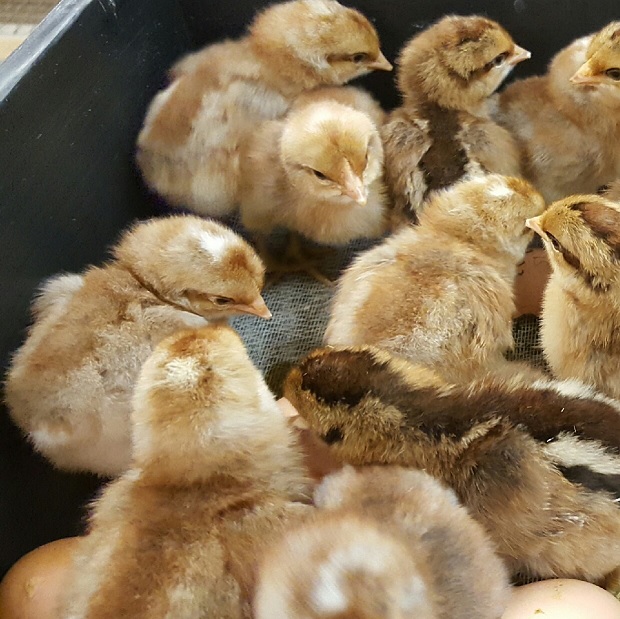
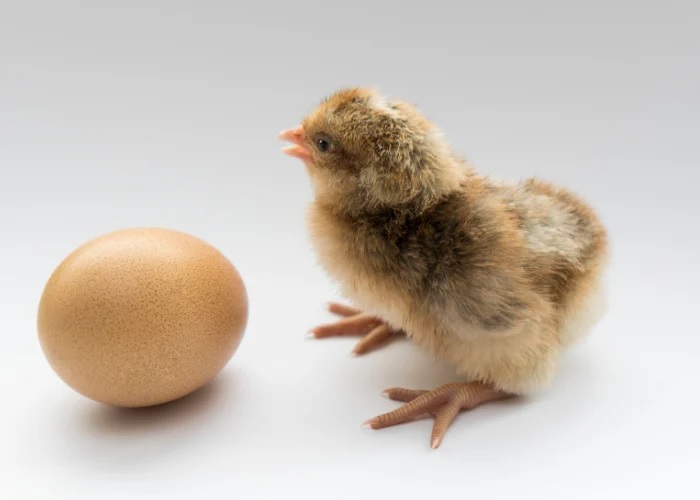
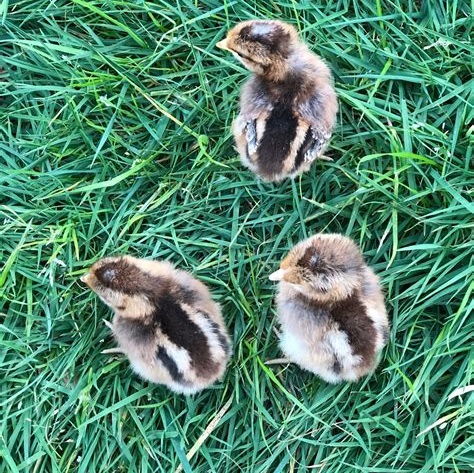
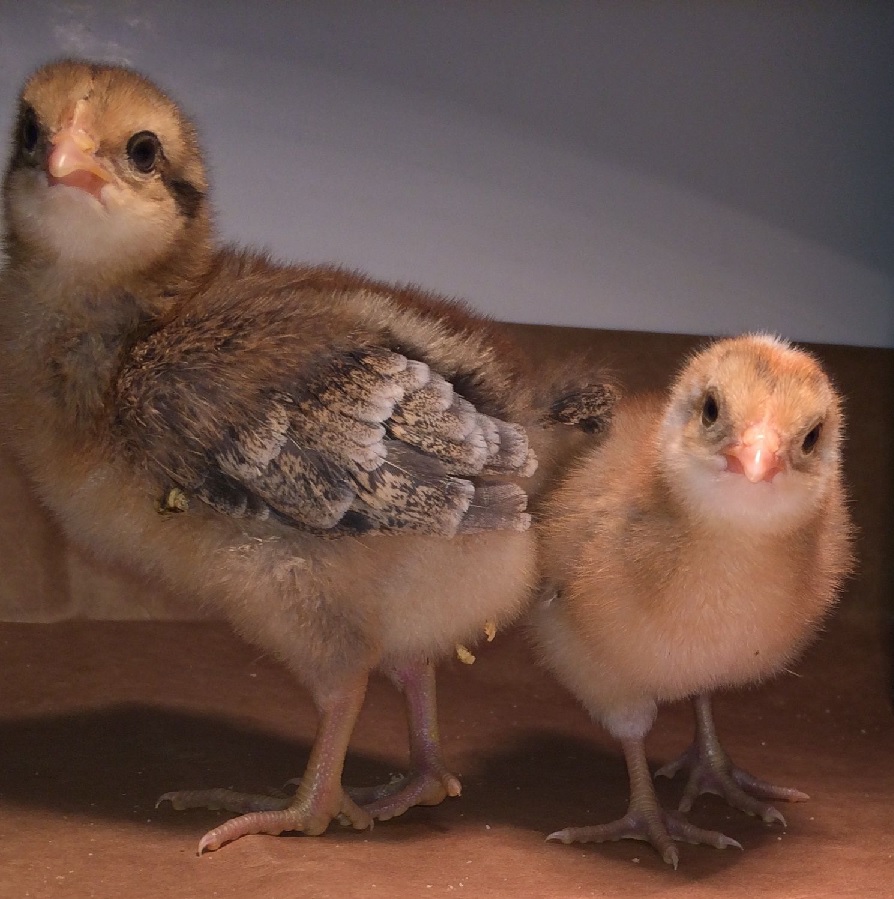
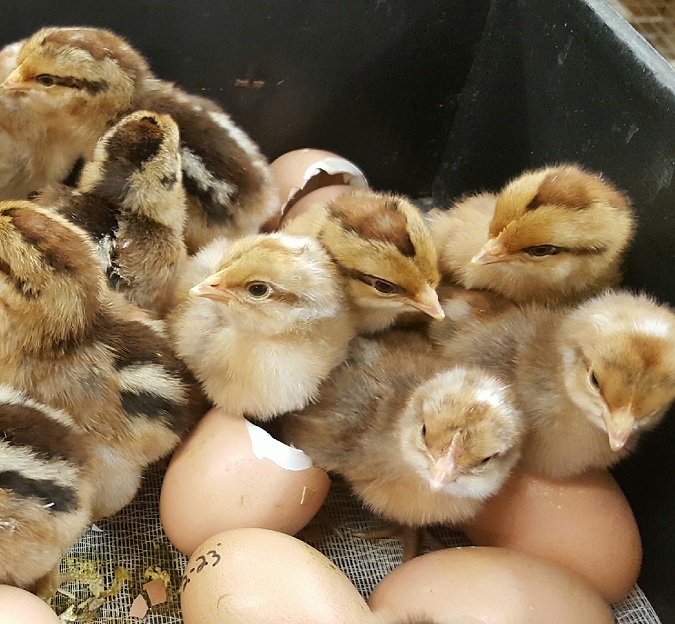
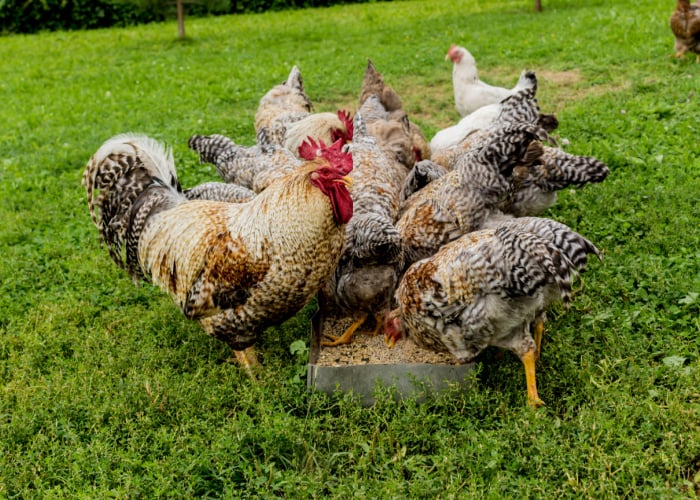
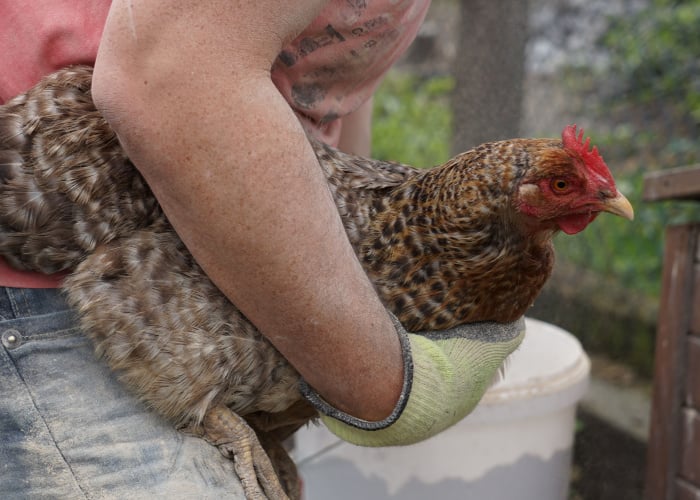

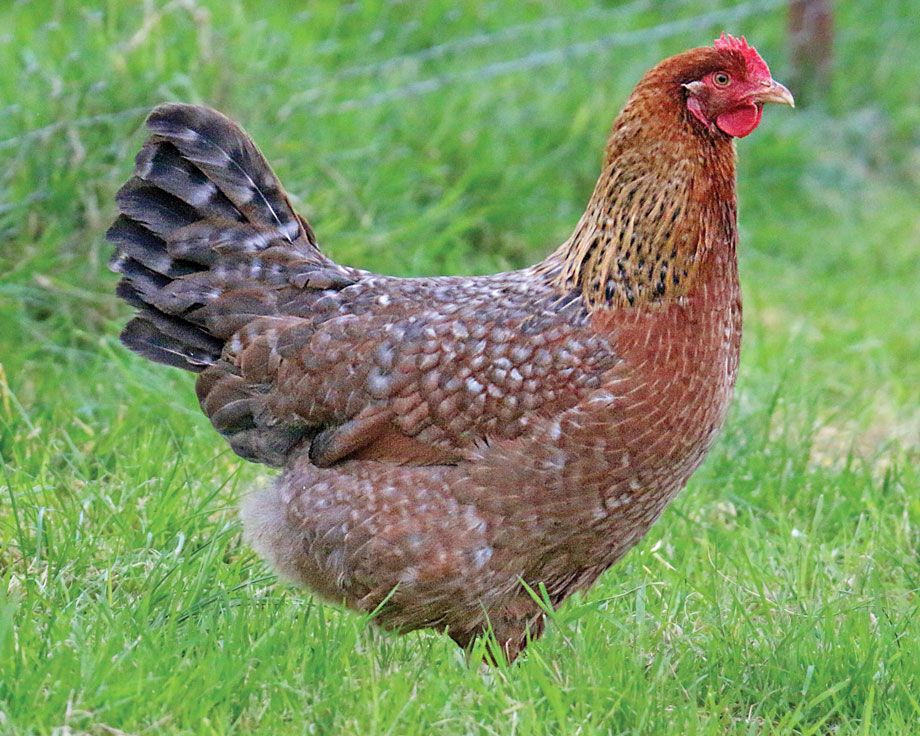
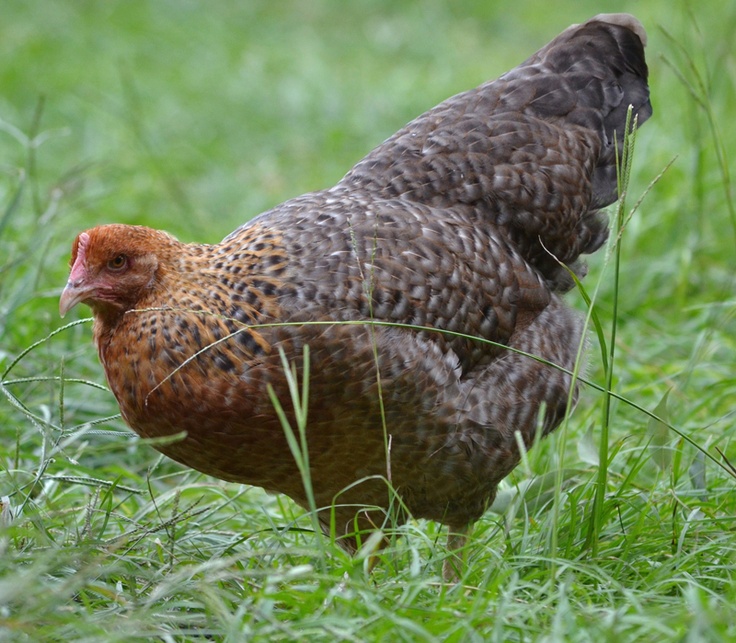
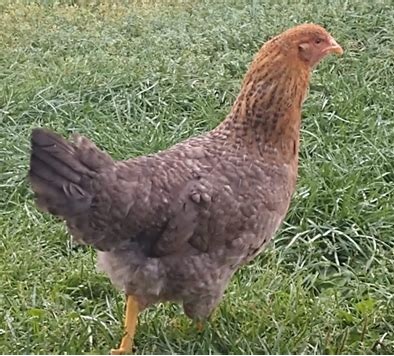

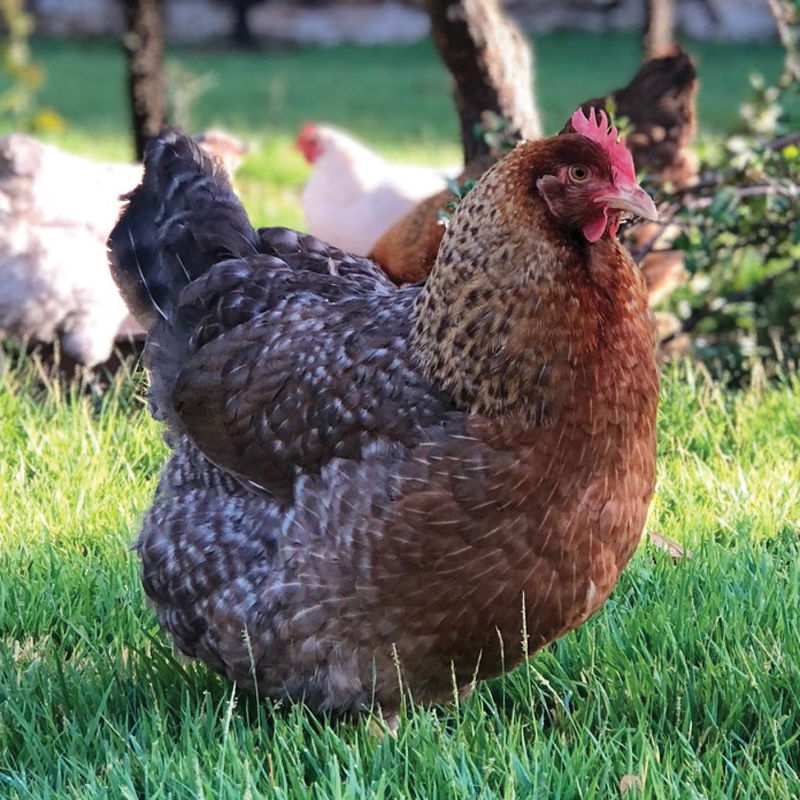
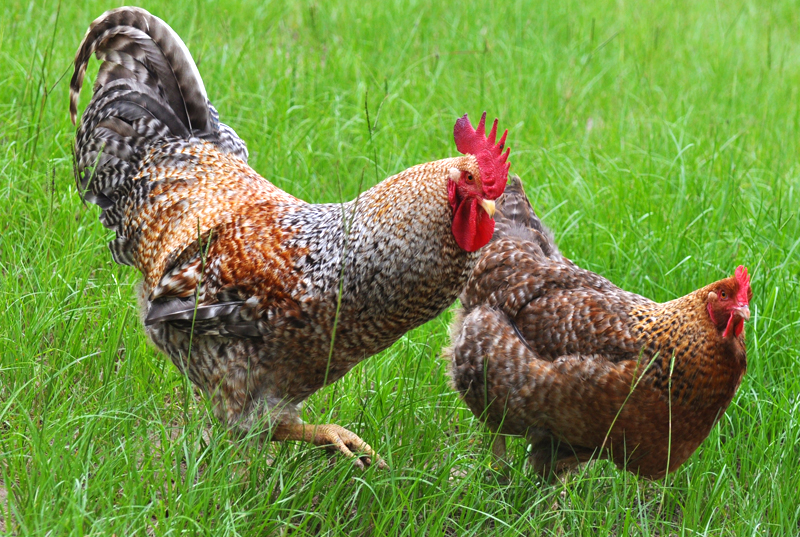
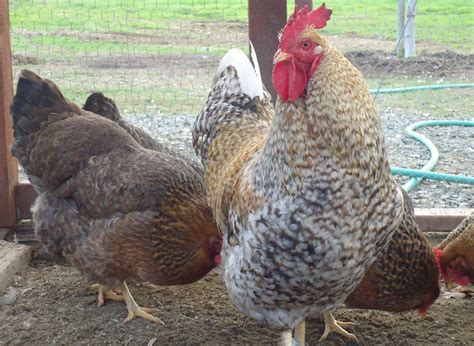
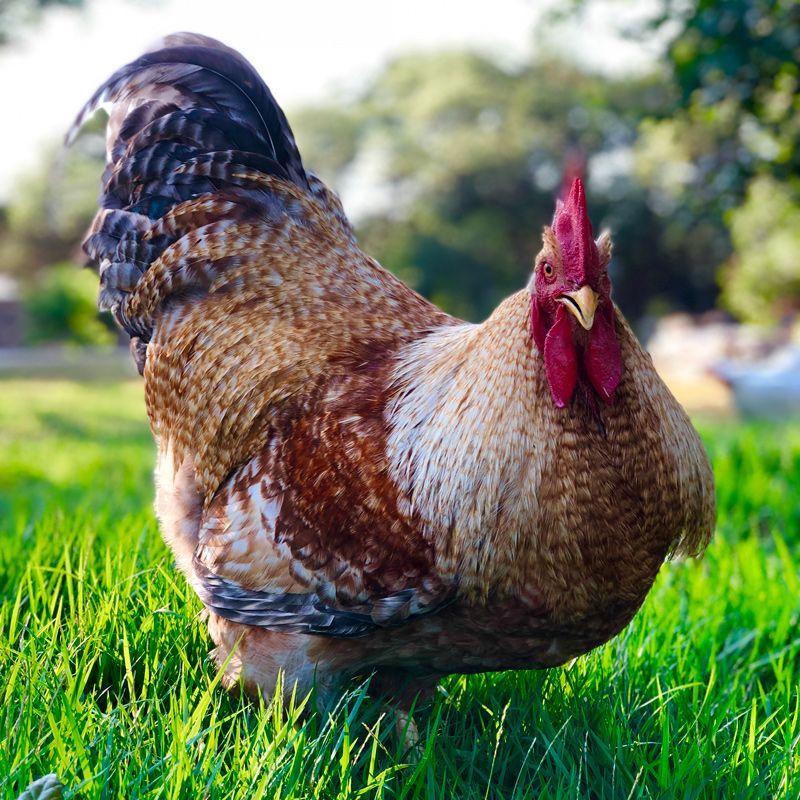
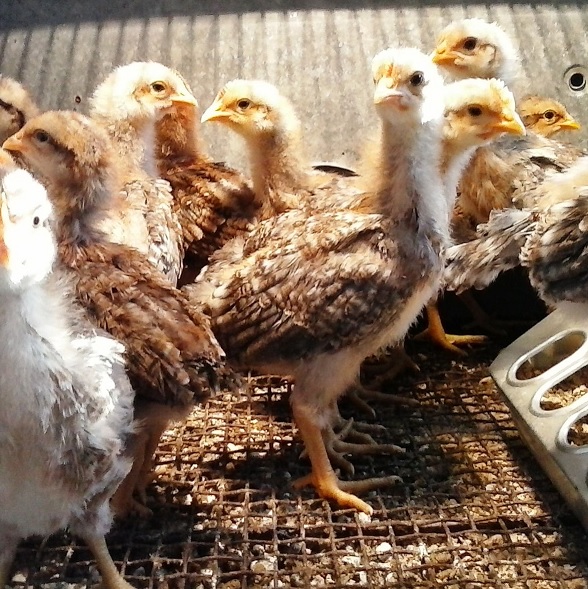
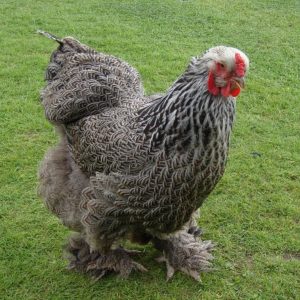
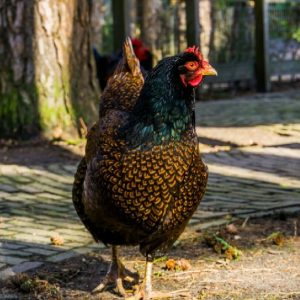
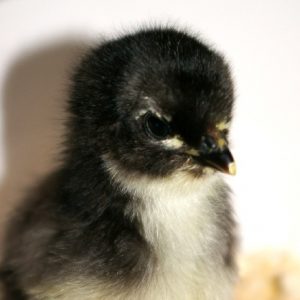
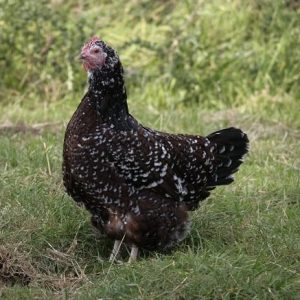
Reviews
There are no reviews yet.